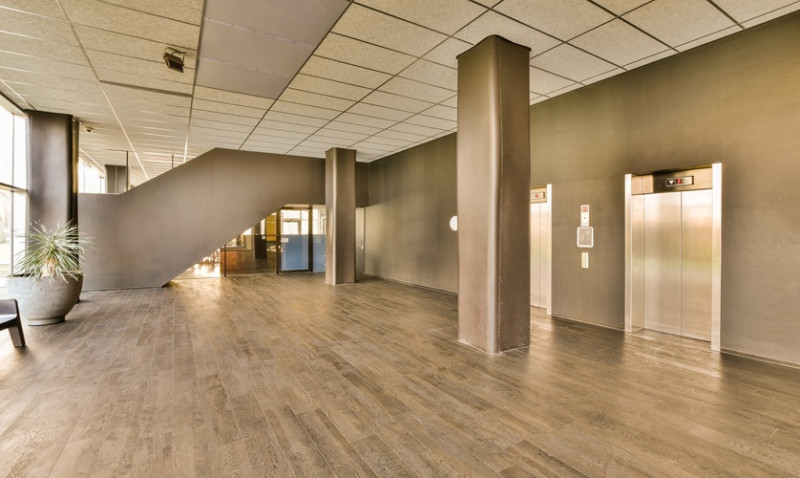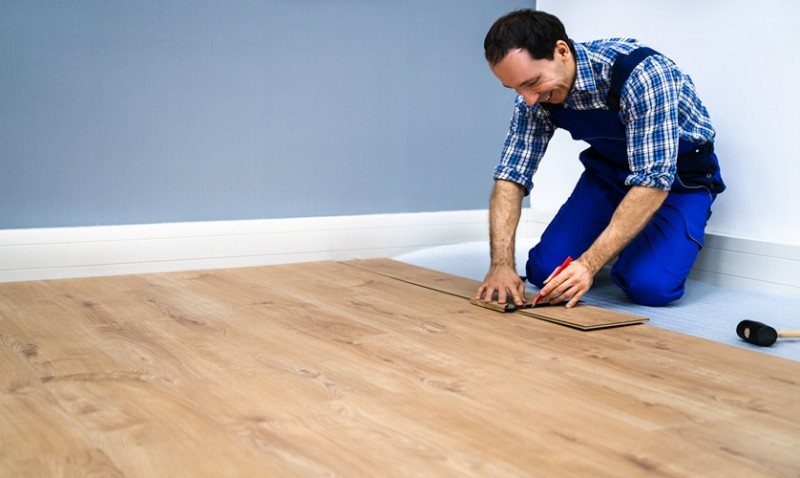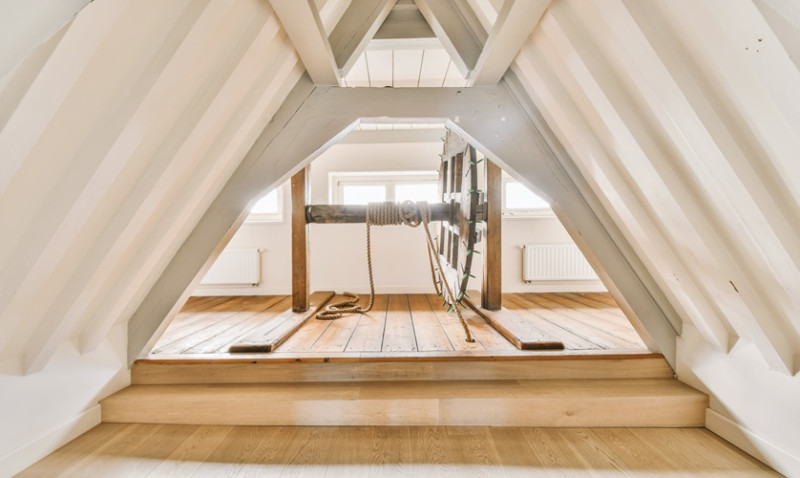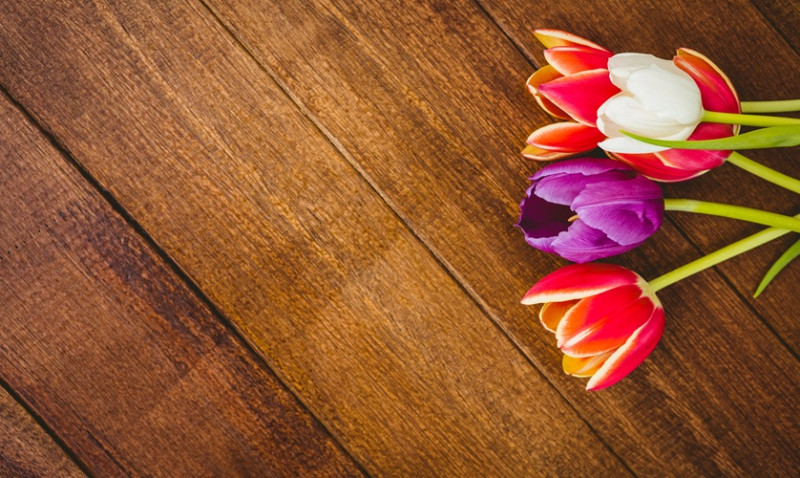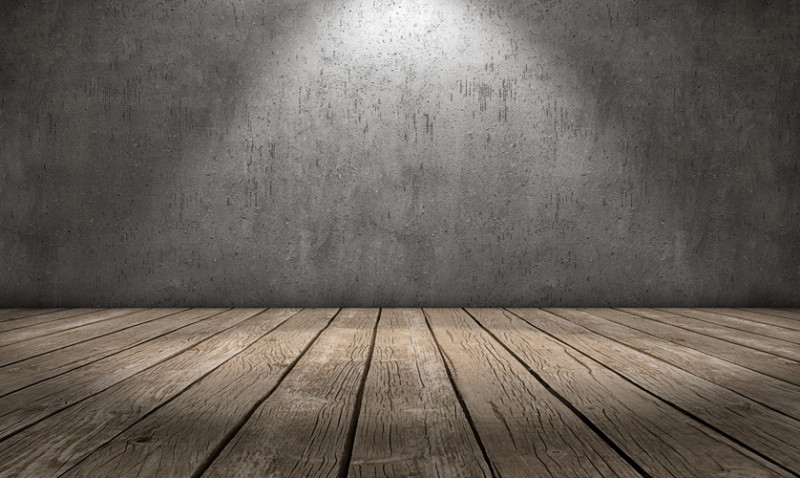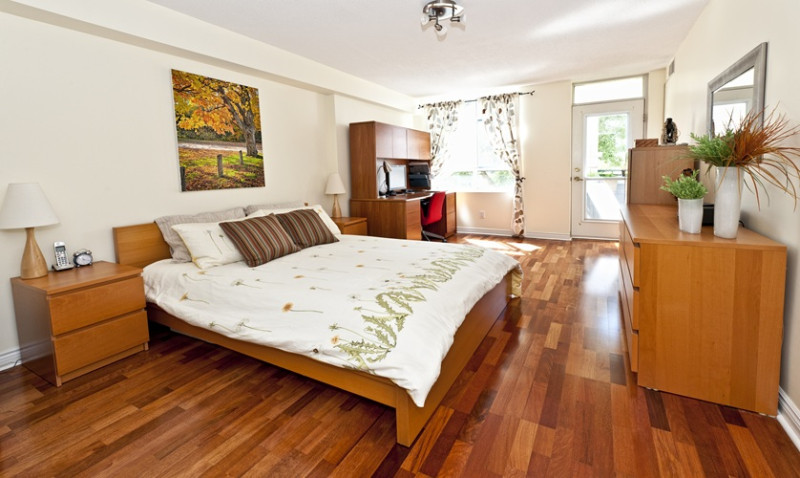
When planning a flooring upgrade in your home or project, hardwood offers timeless beauty, warmth, and style. But a key decision many homeowners, designers, and tradespeople face is choosing between solid hardwood and engineered hardwood. While both types share the elegance and longevity of real wood, their construction, performance, installation, and cost can differ significantly. In this guide, we dig deep into solid vs. engineered wood flooring to help you make an informed decision.
What is Solid Hardwood Flooring?
Solid hardwood flooring is made from a single, solid piece of natural wood. Each plank is typically cut from a hardwood species such as oak, walnut, or maple, and milled into boards with tongue-and-groove edges for easy installation.
Since it’s solid wood throughout, it can be sanded and refinished multiple times over its lifetime. This makes it an excellent long-term investment — many older homes in the UK still have original solid wood floors that look stunning after decades of use.
Solid hardwood expands and contracts with humidity and temperature changes, which is important to consider in the UK's variable climate. As a result, it's best suited to rooms on ground and upper levels, rather than below-grade areas like basements or conservatories.
This type of flooring is usually nailed or stapled to a wooden subfloor, which makes it more suited for professional installation, particularly in refurbishment or new build projects with suspended ground floors.
What is Engineered Hardwood Flooring?
Engineered hardwood flooring consists of a real hardwood top layer — known as the wear layer — bonded to multiple layers of high-quality plywood or HDF (high-density fibreboard). These layers are arranged in a cross-grain construction, providing increased strength and dimensional stability.
Thanks to its construction, engineered floors are less susceptible to movement caused by humidity and temperature changes. This makes them ideal for use in areas where solid wood may not be suitable, such as kitchens, basements, or even over underfloor heating systems, which are increasingly popular in modern UK homes.
Despite having a thinner top layer than solid wood, many engineered flooring products can still be sanded and refinished once or twice depending on thickness, making them a viable long-term option.
Installation methods are versatile — engineered flooring can be glued down, nailed, or even floated over existing surfaces, giving DIY enthusiasts more flexibility if you're keen to tackle a home improvement project yourself.
Appearance and Aesthetic Differences
Both solid and engineered hardwood floors offer the warmth and character of real wood, and from a visual standpoint, it's often hard to tell them apart once installed. Since the wear layer of engineered flooring is genuine hardwood, it displays the same grain patterns, knots, and colour variation you’d expect from solid wood.
The only real visual difference may emerge during deep sanding or refining — if a solid floor’s wear layer is thicker, it allows for more aggressive restoration, whereas engineered floors must be treated with more care.
Modern engineered planks often come prefinished, which means they arrive with stain and protective topcoats already applied. This helps save time on site and ensures a consistent finish, great for both professionals working to deadline and homeowners keen to reduce downtime in a room.
Solid wood, on the other hand, may often be installed unfinished, giving architects, designers and tradesmen full control over the final colour and sheen, ideal for bespoke restoration or high-end projects requiring specific finishes.
Durability and Lifespan
Solid hardwood floors can last 50 to 100 years or more with proper care, making them one of the most durable flooring options available. They handle foot traffic well and can be restored many times throughout their life.
Engineered hardwood, while not quite as long-lasting, typically boasts a lifespan of 20 to 40 years. Thanks to ongoing innovation in manufacturing, some premium engineered products rival the durability of solid wood, especially when used in domestic settings.
In high-traffic commercial environments or homes with pets and children, durability depends not only on wood type (e.g., oak vs. pine) but also on the quality of finish applied. Engineered floors with tough UV-cured lacquer finishes, for example, can resist scuffs and stains remarkably well.
For clients concerned about sustainability, both solid and engineered hardwood are available in FSC-certified options. Engineered products, in particular, make more efficient use of trees, as the core layers use faster-growing, more sustainable woods beneath the hardwood veneer.
Installation Methods and Difficulty
Solid hardwood requires a wooden subfloor and professional-grade tools to secure planks with nails or staples. Moisture levels in the subfloor must be carefully checked and controlled, meaning the installation tends to take more time and expertise — a common reason pros are hired for the job.
Engineered hardwood is far more DIY-friendly. It can be floated (clicked together as a floating floor without adhesive) or glued directly to concrete or wooden subfloors. This is particularly popular in UK flats and modern builds where concrete bases are common.
Some engineered boards come with pre-attached underlay for even faster installation and improved acoustic performance, helpful in semi-detached or terraced homes.
Because of their greater stability, engineered floors are more accommodating to seasonal movement and the presence of underfloor heating — a key consideration for UK homes aiming to improve energy efficiency.
Cost Comparison
Cost often plays a significant role in the decision between solid and engineered wood. Solid hardwood is generally more expensive due to the amount of material used and the labour required during installation.
Engineered hardwood offers a more cost-effective solution without sacrificing style. The initial material cost is often lower, and savings can be made during installation — especially if you're taking the DIY route to update your floors.
Below is a general comparison to guide your budget planning:
| Feature | Solid Hardwood | Engineered Hardwood |
|---|---|---|
| Material Cost | £50 - £100+ per m² | £30 - £80+ per m² |
| Installation Cost | Higher (professional required) | Lower (DIY-friendly options) |
| Refinishing Potential | 3–5+ times | 1–3 times (depending on wear layer) |
| Lifespan | 50–100 years | 20–40 years |
| Suitable for Underfloor Heating | No | Yes |
Which One Should You Choose?
If you're working on a period home renovation or want a floor that can last generations, solid hardwood offers unbeatable longevity and authenticity. It’s also an excellent investment in properties where high-end, traditional finishes are a key selling point.
However, for most modern homes and active lifestyles, engineered hardwood offers superior versatility, quicker installation, and better performance in environments prone to moisture or temperature fluctuation — such as kitchens, bathrooms or basement-level extensions.
Designers and architects value engineered flooring for its flexibility — it allows real wood aesthetic in spaces where solid boards traditionally wouldn’t survive. Likewise, DIY enthusiasts love the ease of floating floors and click-lock systems.
Your final choice will depend on your budget, subfloor type, whether you're installing over underfloor heating, and how long you plan to stay in the property. But with either option, you’re guaranteed the character and beauty of real wood underfoot.
Final Thoughts
Whether you're a designer specifying finishes for a boutique London loft, a tradesperson sourcing durable materials for a client, or a homeowner looking to refresh your space with timeless wood flooring, understanding the difference between solid and engineered hardwood is crucial.
In the UK climate — with its damp winters, warm summers, and increasing popularity of underfloor heating — engineered hardwood is becoming a go-to choice for many. Yet, the unmatched prestige of solid wood continues to hold its appeal for heritage homes and long-term investments.
Whichever you choose, ensure you purchase from a reputable supplier, check for sustainable sourcing credentials, and follow manufacturer recommendations for installation and care. Your new wooden floors will provide warmth, value, and beauty for years to come.
